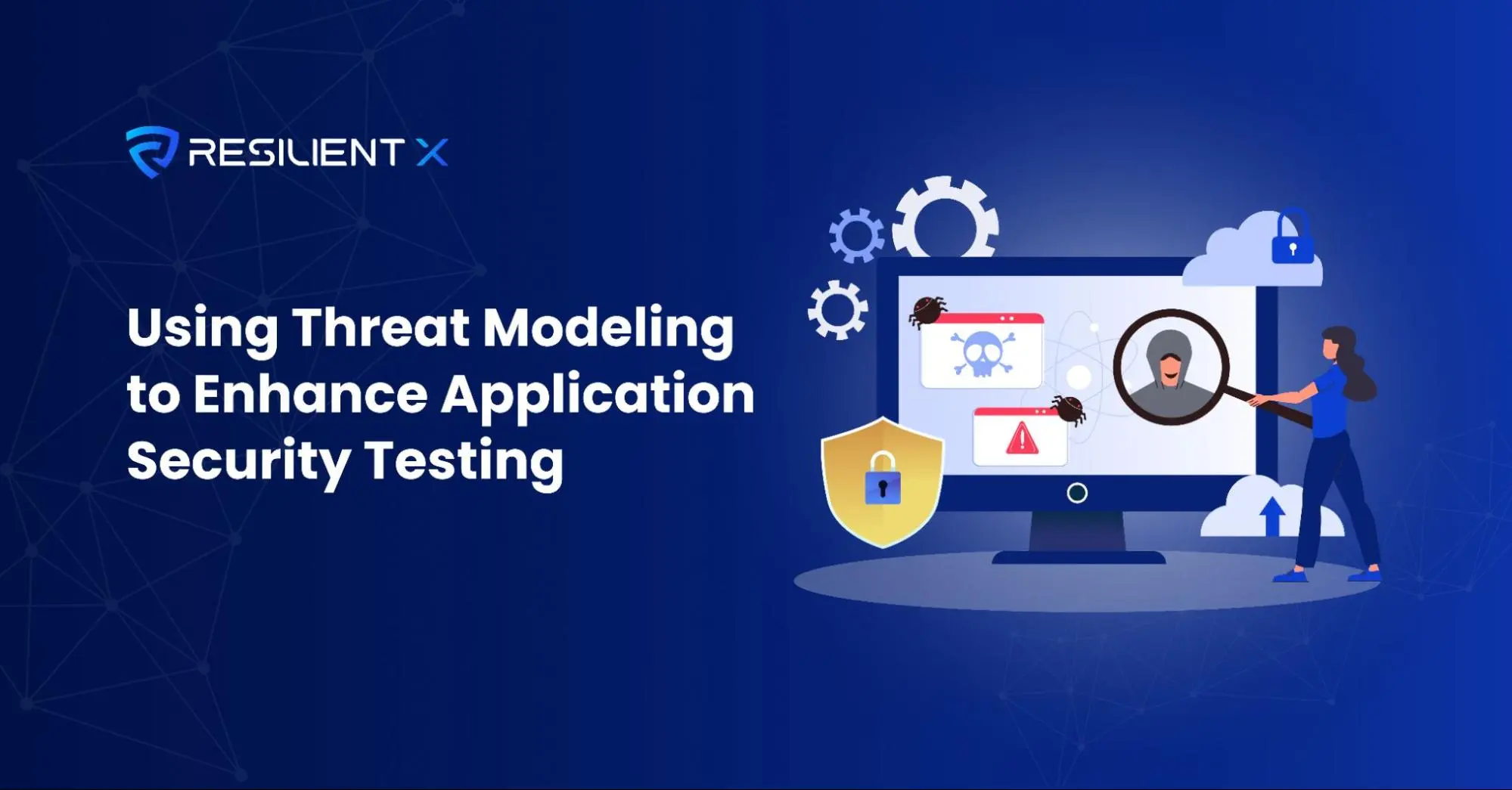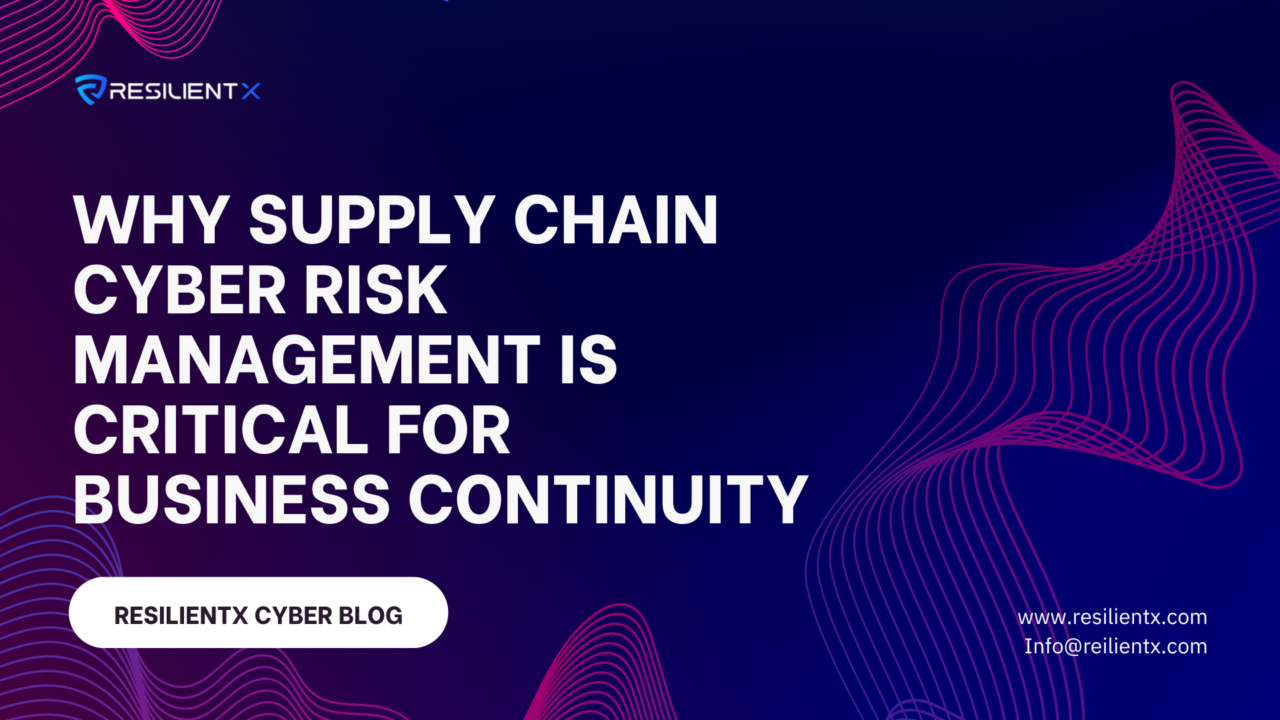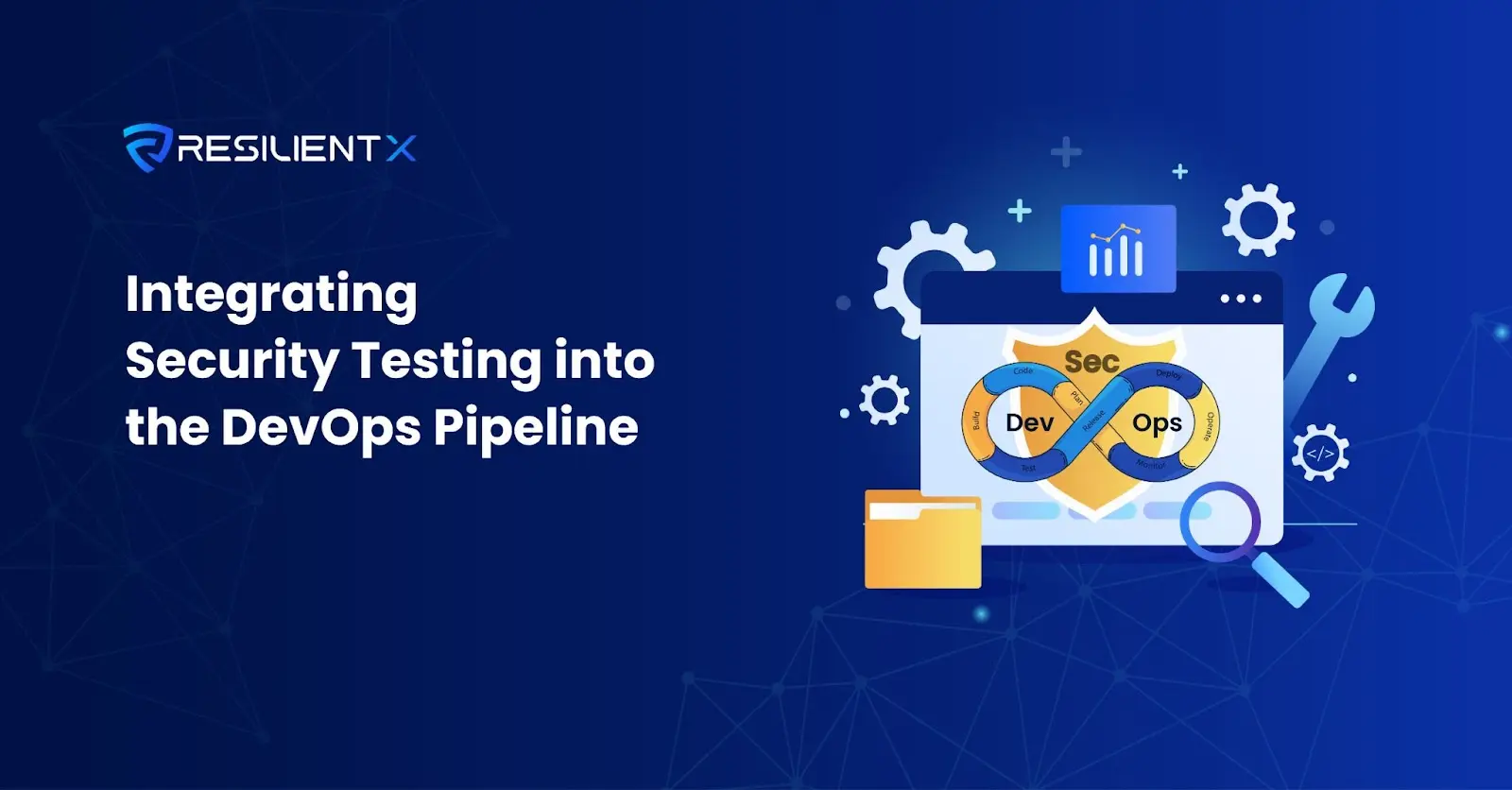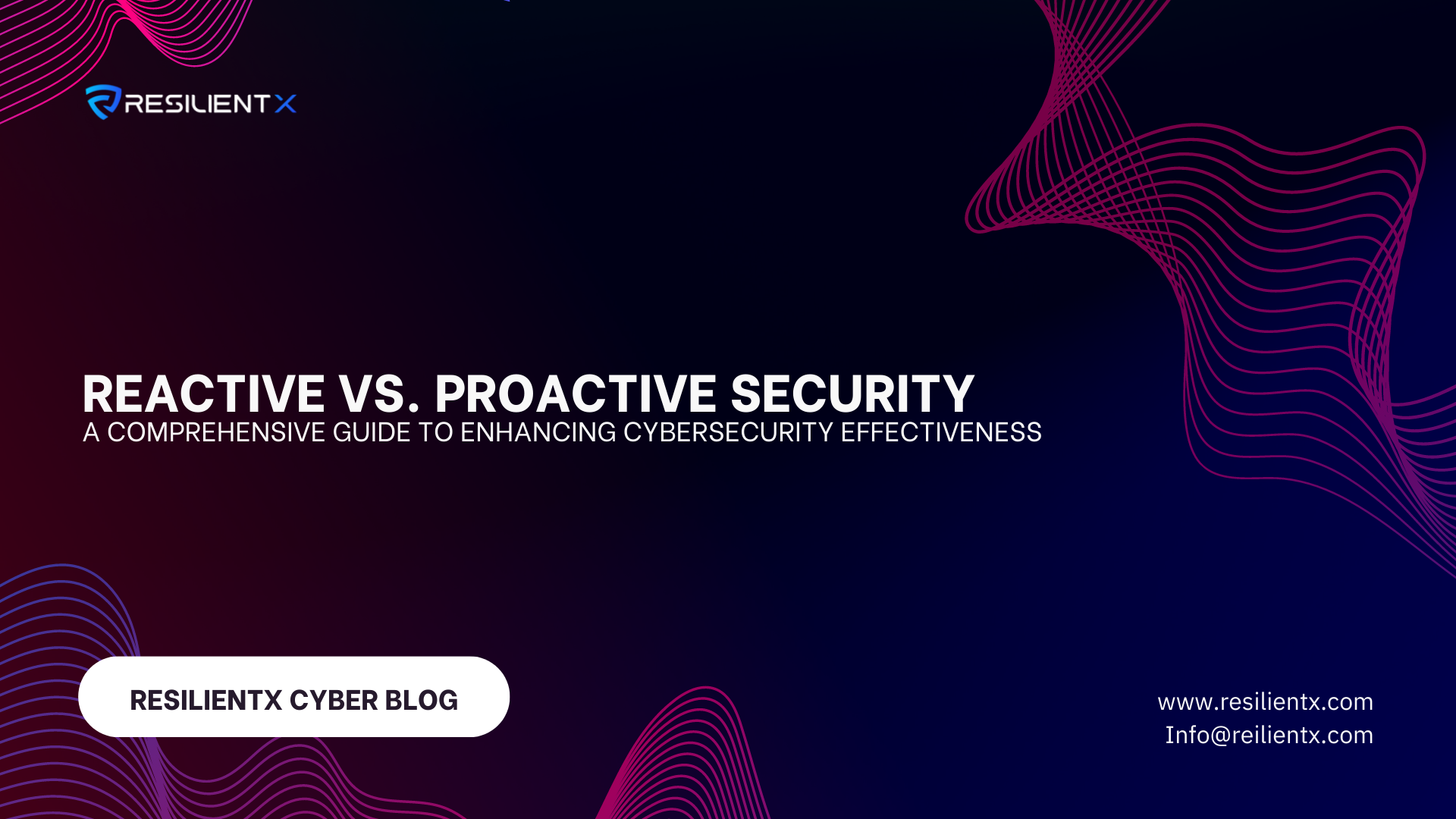
In the field of cybersecurity, application security testing, and threat modelling are essential for protecting applications against potential threats. Incorporating threat modeling into application security testing enables organizations to proactively uncover and address vulnerabilities, enhancing application defense mechanisms.
This method improves the security risk analysis process, making it both effective and focused. Threat modeling, especially through approaches like the STRIDE threat modeling methodology, is crucial for a thorough application threat identification and security design review. This blog will explore the significant impact of threat modeling on application security testing, offering strategies to strengthen application security measures.
What is Threat Modelling?
Threat modelling is a proactive cybersecurity technique aimed at identifying and anticipating potential threats to an organisation’s network security, along with any vulnerabilities these threats might exploit. Unlike most security measures that react to threats after they occur, threat modelling focuses on prevention, seeking to identify threats before they impact the system. This forward-looking approach enables organisations to implement specific, targeted prevention strategies to significantly reduce the likelihood of data breaches.
The threat modelling process unfolds in four key steps: identifying the assets that need protection, pinpointing potential threats to those assets, analysing the vulnerabilities that could be exploited by these threats, and developing countermeasures or safeguards to defend against the identified risks.
Threat Modeling vs Threat Analysis
Threat modeling and threat analysis are both crucial components of an organization’s cybersecurity strategy, serving to mitigate potential threats. However, they differ in their approach and focus.
Threat modeling is a theoretical process designed to predict potential threats to an organization’s ecosystem and identify vulnerabilities that could be exploited by these threats. It’s a proactive measure that aims to foresee and prepare for possible security issues before they arise, often using metrics like mean time between failure (MTBF) to gauge the severity of vulnerabilities.
On the other hand, threat analysis delves into the technical specifics of how an attacker could exploit vulnerabilities to access resources or sensitive data. It is more focused on the practical aspects of cybersecurity, considering factors such as the complexity of attack vectors to assess the likelihood of exploitation.
While threat modeling provides a broad, theoretical framework for understanding potential security threats, threat analysis offers a more detailed, technical perspective on the actual mechanisms of attack and exploitation. Together, these processes work in tandem to achieve comprehensive threat mitigation, with threat modeling laying the groundwork for a strategic defense and threat analysis fine-tuning the approach based on technical realities.
Identifying Threats Through Threat Modeling
Threat modeling is an essential process in cybersecurity that allows organizations to proactively identify and understand the potential threats to their digital assets. By simulating different attack scenarios, threat modeling provides a structured approach to uncover the behavior of potential adversaries and the various threats associated with them. This section delves into how threats can be identified through threat modeling, emphasizing the importance of this process in strengthening an organization’s security posture.
Understanding Adversary Behavior
The first step in identifying threats through threat modeling involves understanding the behavior of potential adversaries. By analyzing how attackers might exploit vulnerabilities within a system, organizations can gain insights into the types of threats they face. This understanding is crucial for developing effective countermeasures and security protocols to protect against these threats.
Reverse Engineering Identification Process
A key aspect of threat modeling is the reverse engineering identification process. This approach involves deconstructing known attack methods and scenarios to identify the underlying threats and vulnerabilities. By working backward from known attacks, security teams can uncover the tactics, techniques, and procedures (TTPs) used by attackers, providing valuable information for anticipating and mitigating future threats.
Utilizing Threat Modeling Frameworks
To facilitate the identification of threats, various threat modeling frameworks can be employed. These frameworks offer structured methodologies for analyzing and documenting the potential threats to an organization’s ecosystem. As we explore different threat modeling frameworks later in this post, the process of identifying threats through these structured approaches will become clearer. These frameworks not only aid in the systematic identification of threats but also ensure that all potential attack vectors are considered.
The Threat Modeling Process Explained
The threat modeling process is a structured approach designed to enhance an organization’s security posture by identifying potential threats and vulnerabilities within its ecosystem. This process is crucial for developing effective security measures and strategies. Here’s a breakdown of the key objectives involved in threat modeling:
1. Asset Identification
The first step in the threat modeling process is to identify all assets within an organization’s ecosystem that could potentially be targeted by threats. This task has grown more complex with the rapid pace of digital transformation seen globally. As vendor collaborations increasingly move to the cloud, distinguishing between different assets becomes more challenging.
One effective method for identifying these assets is through digital footprint mapping. This technique helps uncover hidden assets linked to sensitive data by tracing the flow of data across the vendor network. Understanding the full scope of an organization’s digital footprint is essential for protecting against potential threats.
2. Threat Identification
To identify potential threats, it’s first necessary to have a comprehensive understanding of all vulnerabilities within the ecosystem. Knowing these vulnerabilities allows for the identification of specific threats that could exploit them.
A valuable resource for identifying common vulnerabilities, especially in web applications, is the Open Web Application Security Project (OWASP) top 10 list. This annually updated list highlights the most critical web application vulnerabilities and serves as a key reference point for threat modeling efforts. Its widespread recognition makes it a common starting point for cybercriminals scouting for vulnerabilities, making it an essential tool for organizations aiming to preempt potential attacks.
Identifying vulnerabilities requires a thorough examination of the organization’s attack surface. This involves monitoring both internal and third-party networks to pinpoint vulnerabilities. An effective attack surface monitoring solution provides a comprehensive view of the organization’s security posture, enabling the identification of vulnerabilities across the ecosystem.
Identifying Potential Threat Actors: Key Questions to Consider
Navigating through the myriad of potential threat actors requires a structured approach to identify vulnerabilities across various categories. Below are essential questions designed to uncover potential threats within common threat categories:
Internal Threats
- Is there a risk of unauthorized internal access to your infrastructure?
- In environments like SoftLayer accounts, could an administrator from one solution potentially compromise another environment?
External Threats
- Is there a possibility for a customer to impersonate another customer?
- Can unauthorized external parties gain access to your infrastructure?
- How secure are end-user credentials against compromise?
- Is there a mechanism for users to inappropriately escalate their privileges?
- In scenarios where a privileged user becomes malicious, are there measures in place for detection and neutralization?
Application Hosting
- Is your VPN susceptible to breaches?
- Have any data leaks associated with your application been identified on the dark web?
- Can your hosting provider access your sensitive data?
- What are the risks associated with data or intellectual property loss?
- Are there any vulnerabilities due to unsecured ports or services?
Data Access
- Could your user interface be exploited to gain unauthorized access to customer data?
- If a vendor with access to your sensitive data suffers a breach, what are the implications?
- Are there instances of unencrypted data being transmitted?
- Is it possible for someone with production access to alter code?
These questions serve as a foundation for assessing the landscape of potential threats to an organization. By thoroughly evaluating each category, you can identify specific vulnerabilities and develop strategies to mitigate these risks, enhancing your overall security posture.
3. Conducting a Vulnerability Analysis
The vulnerability analysis stage is critical, involving an in-depth review of each identified vulnerability to devise the most effective remediation strategies. This step becomes particularly challenging when vulnerabilities are found within the network of a vendor. In such cases, conducting a third-party risk assessment becomes necessary. This involves reaching out to the affected vendor for detailed information on the vulnerability’s nature and extent, enabling a more targeted approach to mitigation.
4. Designing Threat Countermeasures
Once vulnerabilities are fully understood and the potential threats that could exploit them are identified, it’s time to design targeted countermeasures. Implementing high-precision defenses ensures that resources are efficiently used to bolster the most vulnerable points in the system.
Leveraging an attack surface monitoring solution can significantly streamline this process. Such solutions not only offer remediation recommendations but also provide access to cybersecurity professionals who can execute these measures.
This approach is highly effective for threat mitigation, offering scalability and reducing the strain on internal resources by ensuring that expert help is available to address vulnerabilities promptly and efficiently.
Understanding Threat Modeling Methodologies
Threat modeling methodologies are essential tools in cybersecurity, designed to identify and mitigate potential threats. Each framework offers unique advantages and is suited to different scenarios, depending on the specific security needs of an organization. Here’s an overview of various methodologies, with a focus on helping you choose the most suitable one for your security framework.
1. STRIDE
Developed by Microsoft, STRIDE stands as one of the earliest methodologies introduced for threat modeling. It provides a comprehensive framework for identifying potential threats to a system by examining the specific security properties at risk.
STRIDE is an acronym representing six key threat categories:
- Spoofing Identity: This involves an attacker pretending to be someone else to bypass authentication measures, directly challenging the system’s authentication mechanisms.
- Tampering: This refers to unauthorized alterations made to system data, undermining the integrity of the system.
- Repudiation: This threat involves an attacker denying their malicious actions due to the lack of accountability, challenging the system’s non-repudiation capabilities.
- Information Disclosure: Unauthorized access to confidential information breaches the confidentiality of the system.
- Denial of Service (DoS): This occurs when an attacker disrupts service availability by overwhelming the system with requests, compromising its availability.
- Elevation of Privilege: An attacker gains higher access levels than permitted, violating authorization protocols.
The STRIDE methodology is integral to Microsoft’s Threat Modeling Tool, offering a structured approach to identifying security design flaws. However, its broad application can sometimes limit its effectiveness in specific scenarios.
To address this, Microsoft introduced variations like STRIDE-per-element and STRIDE-per-interaction, providing more detailed guidance on addressing vulnerabilities within system elements and interactions.
2. P.A.S.T.A – Process for Attack Simulation and Threat Analysis
P.A.S.T.A, standing for the Process for Attack Simulation and Threat Analysis, is a risk-focused methodology that unfolds in seven detailed steps. This approach is dynamic, allowing for the enumeration of threats and assigning a quantifiable risk score to each identified threat.
One of the key strengths of the P.A.S.T.A methodology is its inclusivity of strategic stakeholder input, making it adept at uncovering exploitation scenarios that might otherwise be overlooked. By centering on both the perspective of potential attackers and the assets at risk, P.A.S.T.A facilitates a comprehensive and attacker-centric view of the security landscape, leading to asset-centric protective measures.
3. Trike
Trike operates as a security auditing framework that transforms a traditional threat model into a practical risk management tool. The process begins with the development of a matrix that outlines the interactions between various actors, their actions, and the system’s assets. This matrix is structured with system assets listed in columns and actors in rows, with each interaction broken down into the fundamental actions of Create, Read, Update, and Delete (CRUD).
For each action, the matrix specifies whether it is Allowed, Disallowed, or Conditionally Allowed based on specific rules. This detailed mapping is further enhanced with a Data Flow Diagram (DFD) to pinpoint potential threats accurately. Subsequently, an attack tree is constructed, with each identified threat serving as a root node.
The ultimate aim of Trike is to evaluate and score the risk level associated with each actor’s interaction with system assets, ranging from 0 (no risk) to 5 (maximum risk). This scoring system helps in assigning a permission level to each action—whether it should always, sometimes, or never be permitted—thereby providing a clear framework for managing and mitigating risks.
4. VAST – Visual, Agile, and Simple Threat
Developed by the renowned American cryptographer Bruce Schneier, the VAST (Visual, Agile, and Simple Threat) model is a comprehensive security methodology. It operates under the assumption that attackers have countless methods at their disposal for launching attacks. VAST distinguishes itself by offering a dual-perspective approach to risk assessment, focusing on both architectural and operational aspects. Architectural threats are mapped out using process-flow diagrams, while operational threats are detailed through Data Flow Diagrams (DFDs), enabling security teams to visualize and address risks effectively.
5. Attack Trees
Attack trees provide a structured way to visualize the pathways an attacker might take to achieve their goal. Starting with a root node that represents the attacker’s main objective, the model branches out into child nodes, each outlining specific conditions or actions necessary for the main objective to be achieved.
These branches can further diverge into “AND” and “OR” conditions, offering a detailed map of potential attack vectors and helping in the development of targeted security measures.
6. CVSS – Common Vulnerability Scoring System
The Common Vulnerability Scoring System (CVSS), developed by the National Institute of Standards and Technology (NIST), offers a universal framework for rating the severity of security vulnerabilities. Vulnerabilities are scored on a scale from 0 to 10, with 10 representing the highest level of severity.
The CVSS facilitates a standardized approach to evaluating and prioritizing vulnerabilities across different systems, supported by NIST’s regularly updated list of Common Vulnerabilities and Exposures (CVEs) to guide organizations in their threat mitigation strategies.
7. O.C.T.A.V.E – Operationally Critical Threat, Asset, and Vulnerability Evaluation
OCTAVE is a risk-based strategic assessment methodology that prioritizes organizational over technological risks. It unfolds in three phases: firstly, evaluating the organization to construct asset-based threat profiles; secondly, identifying and evaluating infrastructure vulnerabilities; and lastly, identifying risks to critical assets to formulate a comprehensive security strategy.
OCTAVE’s focus on organizational risks makes it particularly valuable for developing a holistic security posture that aligns with the organization’s broader objectives and vulnerabilities.
Takeaway
In conclusion, the integration of threat modeling into application security testing is a pivotal strategy for fortifying applications against the myriad of cyber threats prevalent in today’s digital environment. Through the meticulous processes of threat modeling and threat analysis, organizations are equipped to proactively identify vulnerabilities and craft targeted defenses against potential exploits.
The exploration of various threat modeling methodologies, from STRIDE to P.A.S.T.A, Trike, VAST, Attack Trees, CVSS, and O.C.T.A.V.E, provides a comprehensive toolkit for cybersecurity professionals. Each methodology offers unique insights and approaches to securing digital assets, emphasizing the importance of selecting the right framework to meet specific security needs.
By adopting these practices, organizations can enhance their application security measures, ensuring a robust defense mechanism that not only anticipates threats but effectively mitigates them, safeguarding sensitive data and maintaining the integrity of their digital infrastructure.



